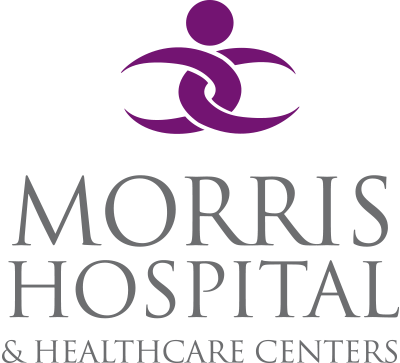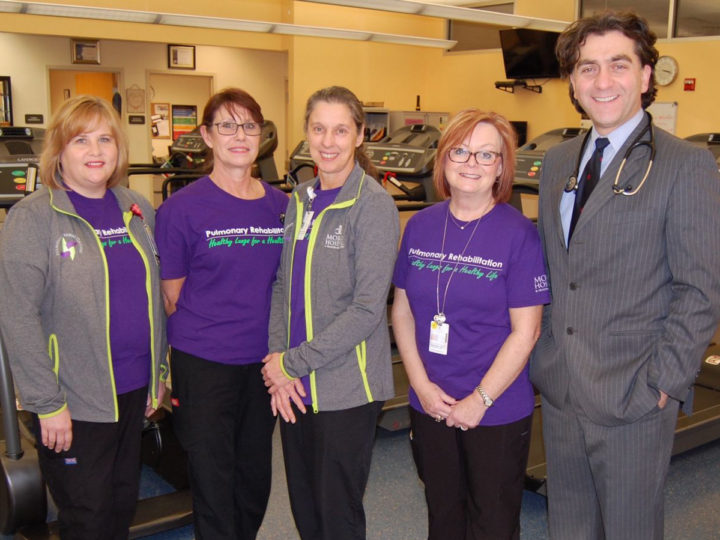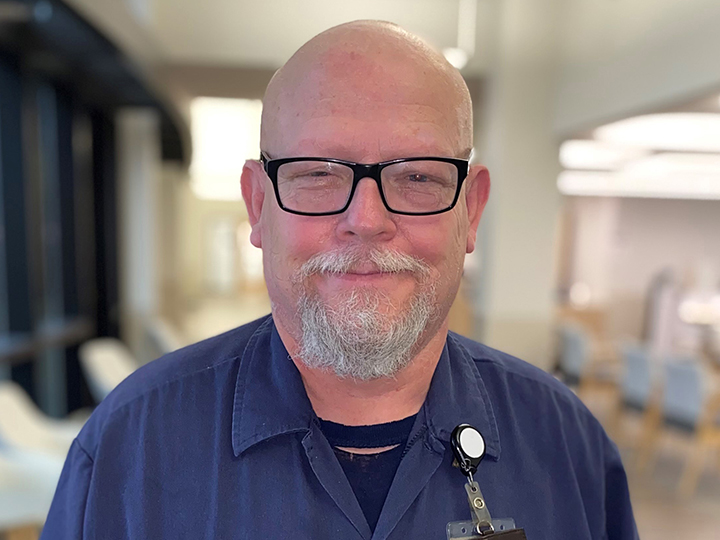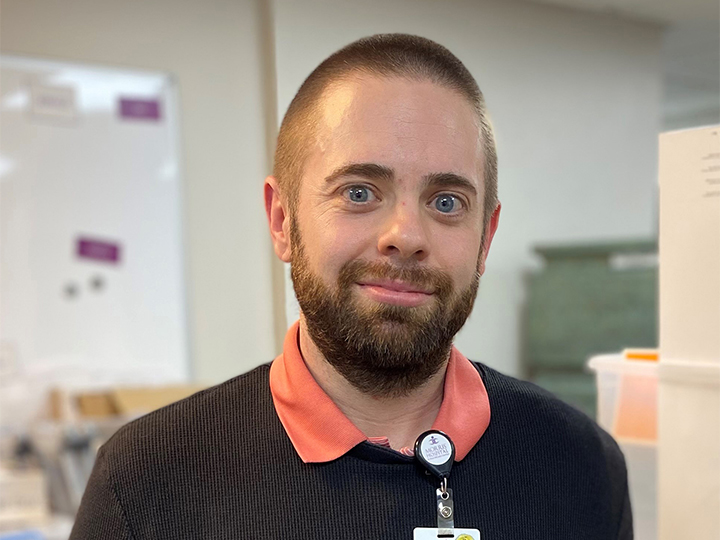Rhythm of Our Youth Screening Scheduled at Reed-Custer H.S.

February 21, 2024, MORRIS, IL – Morris Hospital is bringing its free Rhythm of Our Youth cardiac screening to Reed-Custer H.S. students on Thursday, March 21 during the school day. The purpose of the screening is to identify high school students who have an undiagnosed cardiac abnormality that could result in sudden cardiac death.
On the screening day, a team of specially trained volunteers from Morris Hospital will perform electrocardiogram (ECG) screenings free of charge to students who have received parental permission to participate. An electrocardiogram is a non-invasive, painless test that measures the electrical activity of the heart and detects certain heart abnormalities that can lead to sudden cardiac death.
Screenings are typically held during PE class or study hall, depending on student schedules. The test takes about three minutes to complete.
Based on results of the screenings, about 3 percent of students are referred to their physician for additional follow-up. Typically, less than 1 percent are found to have a medical problem that requires cardiac intervention. Results are sent home to the student’s parents and are not shared with the school.
Parents of Reed-Custer H.S. students are encouraged to complete an electronic consent form so their student can participate in the screening. The form can be found at morrishospital.org/rooy.
Morris Hospital launched Rhythm of Our Youth in 2016 as a result of funding provided by generous donors to the Morris Hospital Foundation. Since then, over 8,000 area high school students have been screened through the program. Sudden cardiac death claims more than 2,000 lives of children and adolescents in the United States each year. Most victims of sudden cardiac death have had underlying heart conditions that could have been detected through a simple ECG.
# # #




